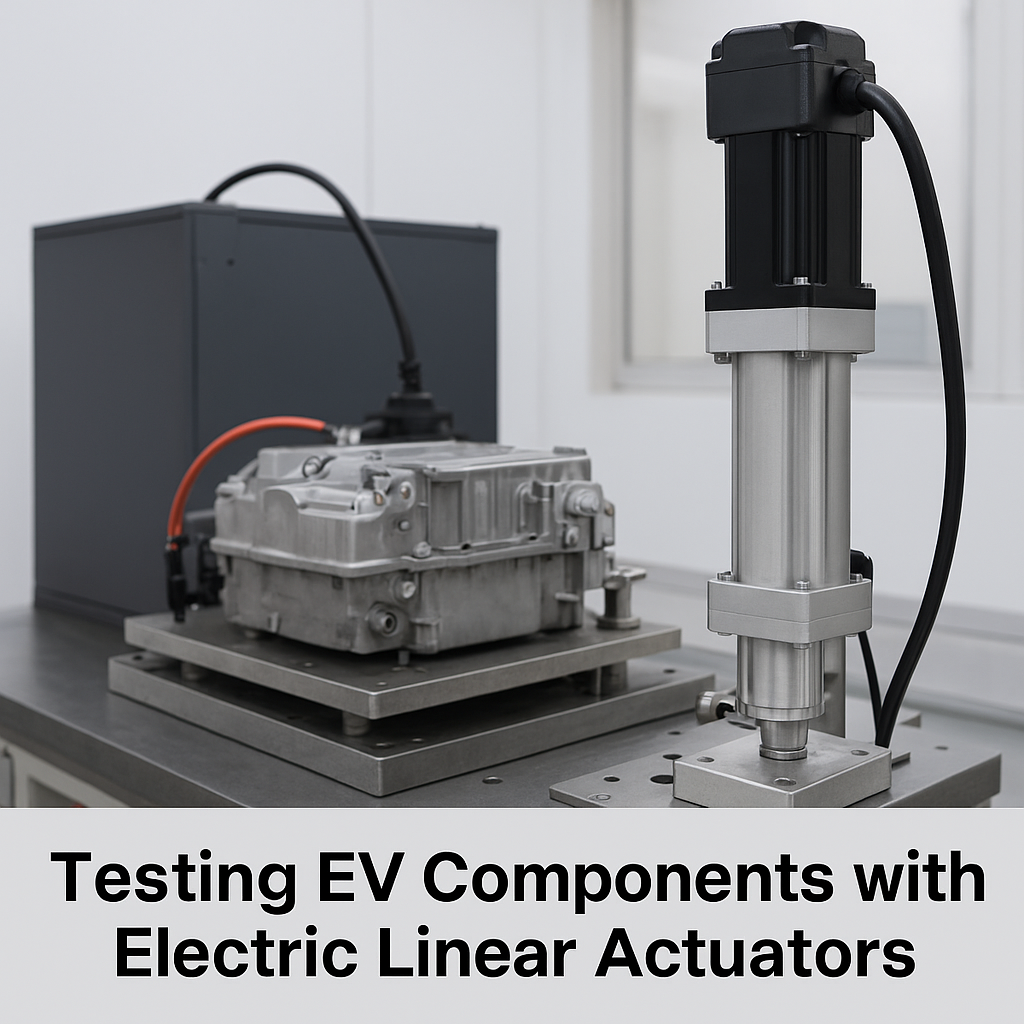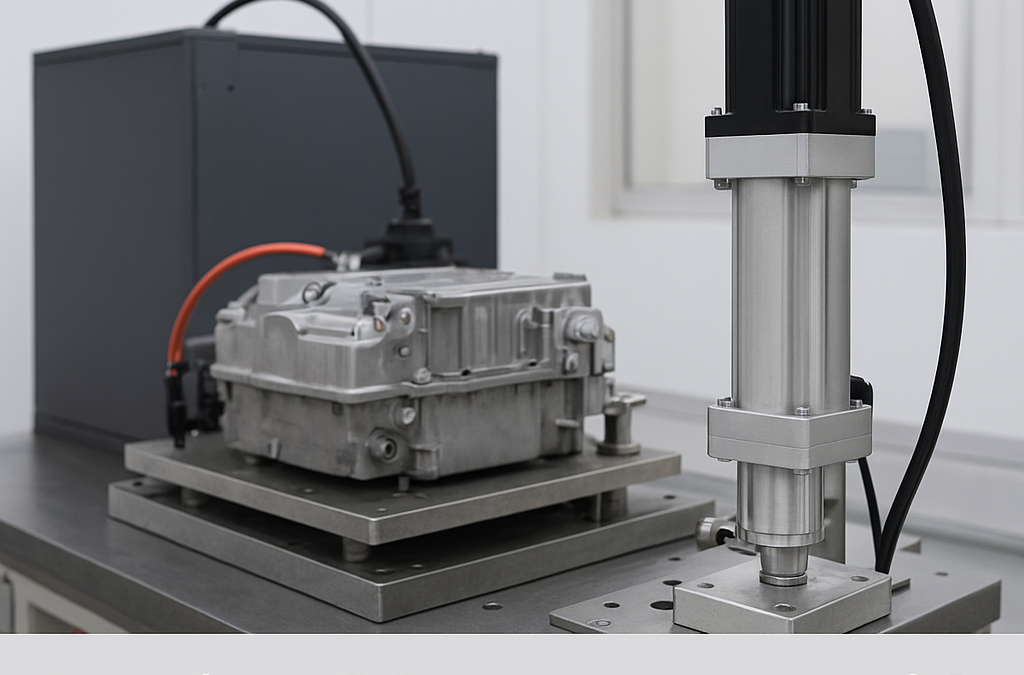The electric vehicle (EV) industry is evolving at a speed that leaves no room for trial and error. Every battery pack, motor assembly, and drivetrain component must undergo rigorous testing before it reaches the road. Accuracy isn’t optional — it’s the foundation of safety, performance, and customer trust.

This is where electric linear actuators step in as the unsung heroes of EV component testing.
Imagine a test rig designed for simulating the forces an EV motor might experience over years of use. The actuators provide controlled, repeatable motion that can simulate thousands of cycles without drift. Whether it’s applying consistent pressure to a battery casing or precisely positioning a sensor during calibration, actuators deliver with unmatched precision.
In battery compression testing, for example, actuators replicate the physical stress a battery undergoes in extreme conditions. In motor shaft endurance tests, they move components with exact force and speed, ensuring every measurement is consistent from the first trial to the last.
Compared to hydraulic or pneumatic systems, electric actuators offer clean operation, energy efficiency, and data-friendly integration with automated testing systems. They allow engineers to adjust speed, force, and stroke length digitally, making test setups faster to configure and easier to repeat.
For EV manufacturers and R&D facilities, this translates to shorter development cycles, higher test accuracy, and ultimately, safer vehicles on the road.
In a world where every millimeter matters and every second counts, electric linear actuators are powering the future of EV testing — one precise movement at a time.
Applications in EV Component Testing
Electric actuators are used in a variety of EV test setups, including:
- Battery Compression Testing – Ensuring cell packs can withstand thermal expansion and vibration without structural compromise.
- Connector Durability Testing – Applying controlled insertion and withdrawal forces to check lifespan.
- Motor Assembly Verification – Simulating operational loads to assess performance.
- Charging Port Alignment Tests – Ensuring mechanical fit and operational ease in different conditions.
Advantages Over Traditional Motion Systems
- Energy Efficiency – Operate only when needed, reducing energy waste.
- Compact Design – Ideal for space-constrained test benches.
- Data Integration – Easily interface with test software for live data logging.
- Silent Operation – A quieter lab environment for precision measurements.
A Step Towards EV Reliability
Every tested and verified EV component contributes to safer, longer-lasting, and more efficient electric vehicles. By using electric linear actuators, manufacturers and R&D teams ensure repeatable, controlled, and cost-effective testing. This means shorter development cycles and higher confidence in the final product.

